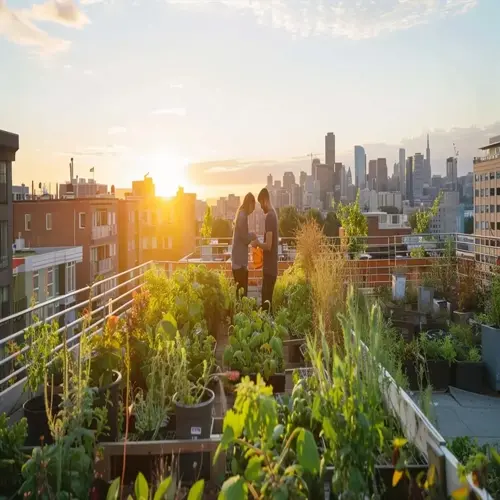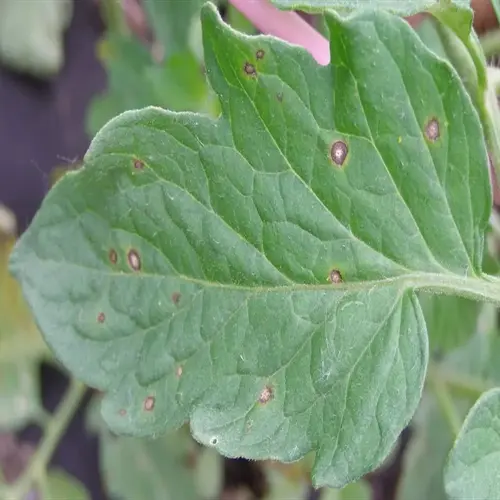What plants should be kept apart?

Written by
Nguyen Minh
Reviewed by
Prof. Samuel Fitzgerald, Ph.D.Knowing about incompatible plant combinations prevents the spread of diseases and competition in your garden. I learned this lesson early when blight destroyed my tomatoes, which were located near potatoes. Certain plants exude chemicals that inhibit the growth of adjacent plants. In contrast, others attract shared pests, necessitating that the neighbor plants be kept separate from one another.
Nightshade Conflicts
- Tomatoes and potatoes share late blight pathogens spreading rapidly
- Eggplants near peppers attract flea beetles damaging both crops
- Separate by at least 10 feet (3 meters) or use barrier crops
Allelopathic Plants
- Sunflowers release growth-inhibiting chemicals affecting pole beans
- Black walnut trees poison tomatoes within 50 feet (15 meters)
- Fennel stunts most vegetables through root exudates
Root Competition Pairs
- Asparagus and onions compete for shallow nutrients
- Carrots and dill stunt each other's root development
- Cucumbers and potatoes battle for phosphorus resources
Pest Magnet Combinations
- Brassicas near strawberries attract slugs damaging both
- Corn and tomatoes share devastating earworm/cutworm pests
- Squash planted near cucumbers concentrates squash bugs
Use my zoning method to space incompatible vegetables aptly. Put tomatoes with compatible basil and marigolds in one bed and isolate the potatoes in another area. Pest buffer zones using aromatic herbs are established between conflicting vegetables to prevent cross-contamination problems.
To know why some plants pair well and others don't. For example, tomatoes and potatoes are foliage and root storage crops that are susceptible to the same diseases. Beans and onions produce a chemical that inhibits the growth of each other. After you create your garden plan, group these families together, and you can expect a yield increase of up to 40 percent.
This season, use one separation technique. Displace your brassicas from strawberries or isolate your nightshades. I resolved my worst pairing mistake years ago, with the result being that a struggling garden became my most productive space.
Read the full article: 10 Essential Vegetable Garden Planning Steps

